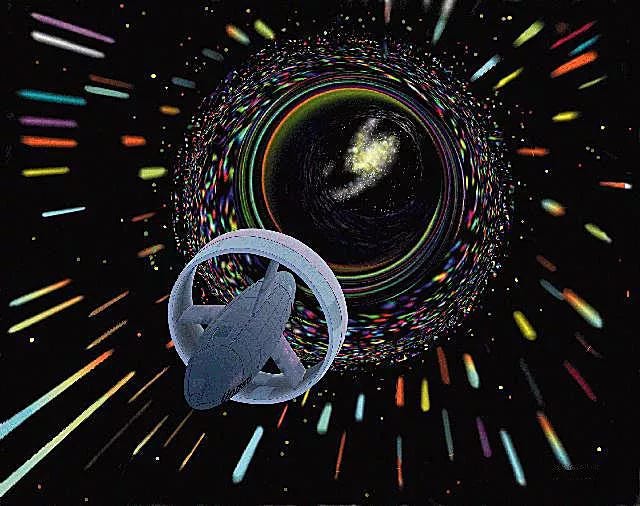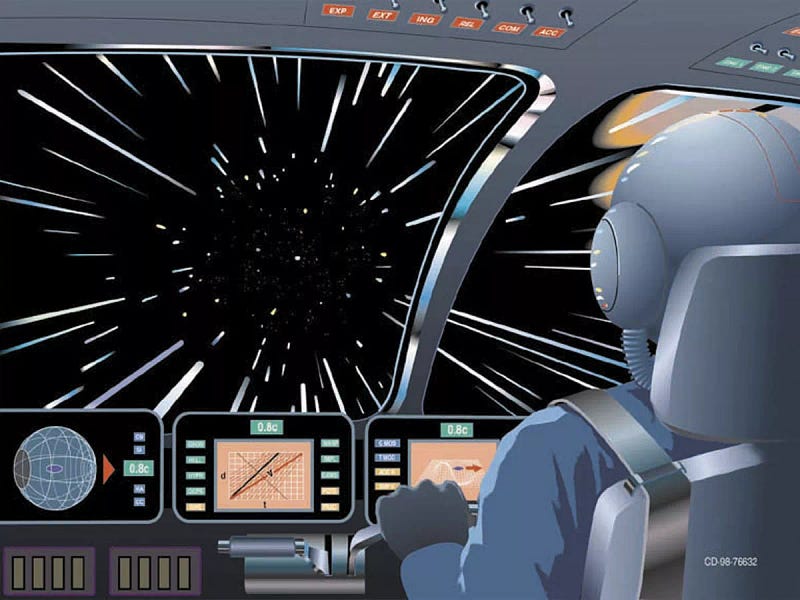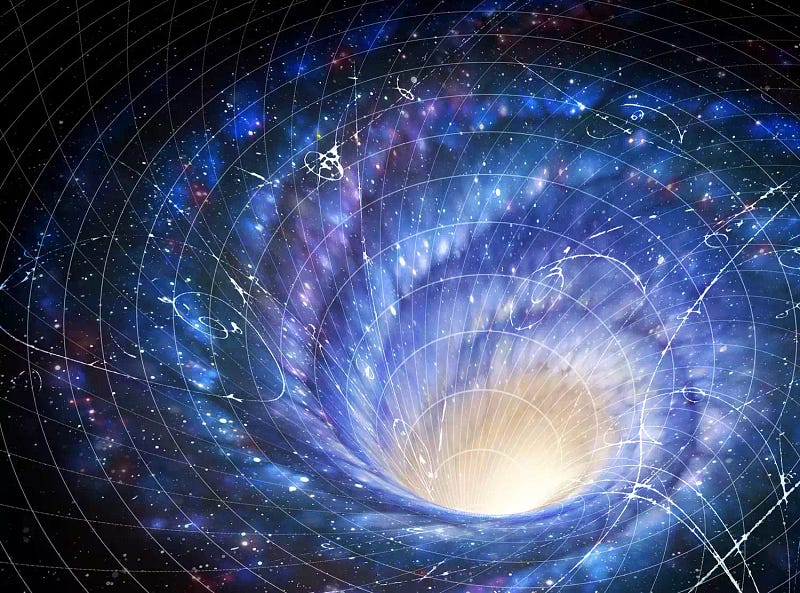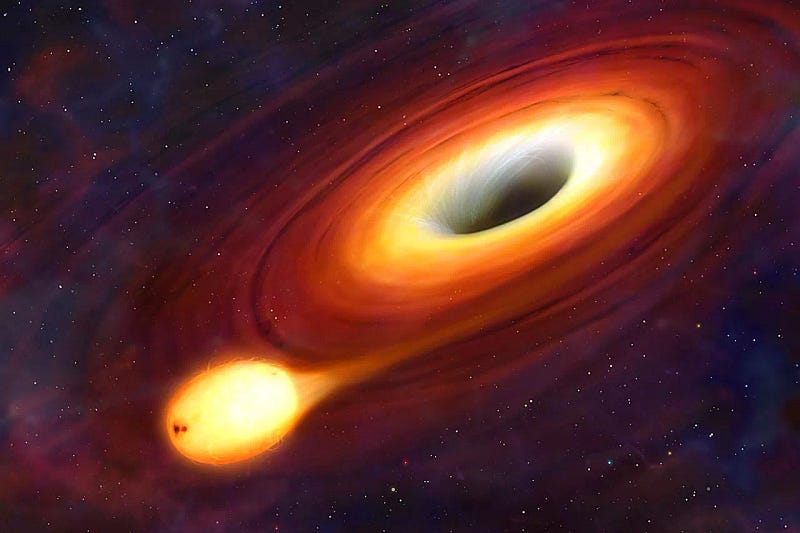Exploring Wormholes: Science Fiction Meets Reality in Space Travel
Written on
Chapter 1: The Allure of Wormholes
The concept of traveling through wormholes is a fascinating idea that has captivated our imagination. Who wouldn’t want to board a spacecraft, locate a wormhole, and traverse vast distances in an instant? This notion frequently appears in science fiction literature and films, depicting "space-time tunnels" that allow characters to journey across time and space effortlessly.

Do Wormholes Really Exist?
The question arises: are wormholes real phenomena, or merely fictional devices that enhance sci-fi narratives? The scientific basis for their existence stems from Albert Einstein’s general theory of relativity, first introduced in the early 20th century. However, this doesn’t guarantee that they exist or that humanity could ever traverse them. To grasp the potential of wormholes in space travel, we must delve deeper into the science that could substantiate their existence.
Wormholes are theorized to be passages connecting distant points in space-time. Popular culture, such as the film Interstellar, illustrates this concept, where characters utilize wormholes to reach far-flung corners of the universe.

The Search for Evidence
Despite the theoretical foundation, no concrete evidence has confirmed the existence of wormholes, nor has there been definitive proof of their non-existence. The challenge lies in detecting them and understanding their mechanics. For a wormhole to remain stable, it would require a specific type of matter with "negative" energy properties—an elusive concept that scientists have yet to observe.
While some theorize that wormholes could be created using black holes, this leads us to the next question: how do these black holes relate to wormholes?

Einstein-Rosen Bridges
The connection between black holes and wormholes is articulated through the Einstein-Rosen bridge, a theoretical construct arising from interactions involving a Schwarzschild black hole. This type of black hole, which is non-rotating and electrically neutral, might allow light to traverse through a wormhole and exit via a "white hole," a theoretical counterpart that ejects matter instead of absorbing it.
Nevertheless, the reality is grim: venturing through a wormhole could be fatal. The gravitational forces at play would likely stretch and crush any object, including living beings, making survival virtually impossible.
A different type of black hole, known as a Kerr black hole, presents another possibility. Unlike its Schwarzschild counterpart, a Kerr black hole spins, potentially allowing for a stable wormhole without requiring negative mass. However, these black holes remain hypothetical and have not been observed.

The Challenges Ahead
Even if wormholes exist, the practicalities of utilizing them for space travel are daunting. Current technology is far from capable of crafting vessels that could withstand such journeys. Moreover, the uncertainty surrounding wormhole destinations poses a significant risk. A ship could emerge in an entirely different galaxy or universe, and the implications of such travel remain uncharted territory.
Imagine a scenario where a wormhole transports a spacecraft billions of light-years away. If the journey is instantaneous, when would the travelers arrive at their destination? Would the expansion of space-time impact their experience?

The One-Way Nature of Time
While the existence of wormholes might suggest potential for time travel, the reality is that humans only move forward through time. Despite numerous theories, we cannot manipulate time to revisit the past or pause the present. This aligns with Einstein's theory of relativity, which asserts that time consistently progresses in one direction. The concept of traveling backward in time introduces complex paradoxes, such as the potential to alter one’s own existence.
Astrophysics hints at possibilities involving black holes and wormholes, yet no practical means to harness these phenomena currently exists. Theoretical discussions continue to explore what might happen if one could traverse a wormhole, but engineering solutions remain beyond our reach.
The Future of Time Travel
Imagining time travel leads to numerous speculative scenarios. For instance, if someone were to travel back and alter historical events, would they create a new reality? Many narratives, such as those in Back to the Future, explore this idea, suggesting that changes in the past could lead to alternate timelines.
In conclusion, while the allure of wormholes and time travel captivates our imagination, the scientific realities present formidable challenges. Until more is understood, these concepts remain firmly within the realm of speculation.
Chapter 2: Understanding Wormholes Through Visual Media
This video, "Wormholes Explained – Breaking Spacetime," provides a visual and conceptual overview of wormholes and their theoretical underpinnings.
In "What Are Wormholes? Connecting Two Points in Spacetime," viewers can explore the fascinating connections between wormholes and the fabric of our universe.